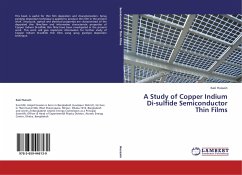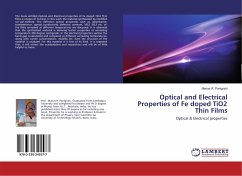Indium phosphide (InP) is an attractive III-V compound semiconductor for high speed metal-semiconductor field effect transistors (MESFETS) and optical devices. Due to certain attractive features of InP over GaAs, such as high electron mobility, better thermal conductivity, higher breakdown field have become a material of considerable interest for microwave and photonic applications in recent years. The III-V compound semiconductors have been investigated extensively during the past decade because of both fundamental and technological importance. Among them, InP is known to have a higher drift velocity which makes it as a material of strong potential use in high-frequency transistors, solar and photovoltaic cells and integrated optoelectronic devices. The choice of InP as a substrate for these devices originates from the fact that it has an optimum band gap for photovoltaic energy conversion and a large mobility required for high speed devices.In the present work, the current-voltage (I-V) and capacitance-voltage (C-V) characteristics of Au/Pt/n-type InP Schottky barrier diodes have been investigated in the temperature range 210-420 K.
Bitte wählen Sie Ihr Anliegen aus.
Rechnungen
Retourenschein anfordern
Bestellstatus
Storno








